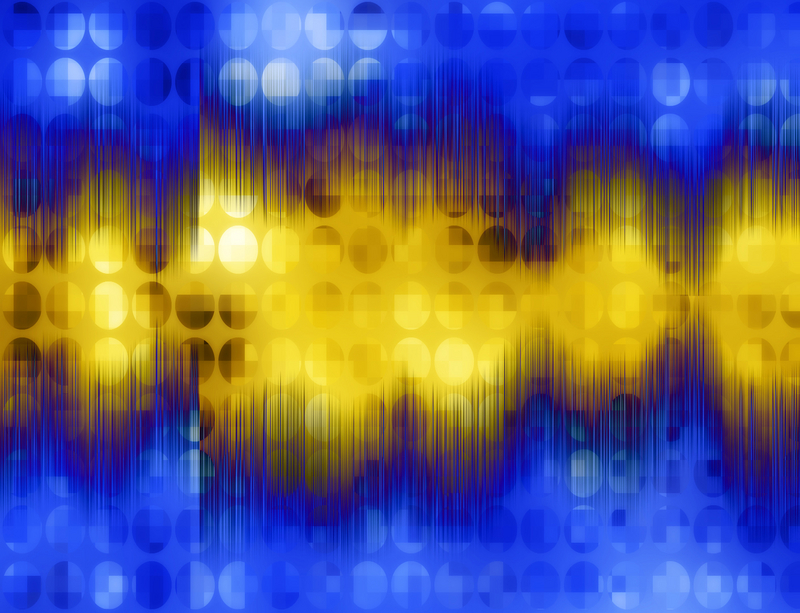Cosmic Quirk of Physics Now Discovered in a Molecule

Scientists have detected the Doppler effect — a quirk of physics that makes an ambulance's siren change pitch as it drives by — on the scale of a single molecule.
The Doppler effecthas been understood since 1842 and is used to help astronomers find faraway planets, but it never before has it been demonstrated on such a small scale.
The idea behind the Doppler effect is simple: When a moving object emits either sound or light waves, the motion of the source causes the frequency of those waves to change. [The Coolest Little Particles in Nature]
When an object moves toward you, for example, the waves bunch together because that object's motion closes the gap between successive waves (like an accordion). This bunching means the distance between waves is shrunk and their frequency is higher than if the object were sitting still.
In sound waves, an increase in frequency (equivalent to a decrease in wavelength) corresponds to higher pitch. In light waves, the frequency determines the color: blue light has a higher frequency than red light, for example.
When an object moves away from you, the opposite occurs. As the source recedes, its waves space out as it puts more distance between the waves.
"Have you ever been caught in a speed trap? You know what the Doppler shift is then," said T. Darrah Thomas, a professor emeritus of chemistry at Oregon State University. "When light or any radiation is either reflected off of, or transmitted from, a moving object, it gets its wavelength shifted. That's how the speed trap works."
Get the world’s most fascinating discoveries delivered straight to your inbox.
Thomas led a team of researchers who observed this effect created by the rotational motion of a molecule of nitrogen.
"There is plenty of evidence of the rotational Doppler effect in large bodies, such as a spinning planet or galaxy," Thomas said. "When a planet rotates, the light coming from it shifts to a higher frequency on the side spinning toward you and a lower frequency on the side spinning away from you." The effect can also be measured when a star wobbles to and fro, revealing the presence of an otherwise unseen planet tugging the star this way and that as it orbits around. "But this same basic force is at work even on the molecular level."
The scientists blasted high-energy photons into molecules of nitrogen. When hit, the molecules were jolted with energy, which caused them to release electrons. [Twisted Physics: 7 Mind-Blowing Findings]
By carefully measuring the energies of the electrons, the researchers found that electrons released when the molecule was rotating toward the detector had a higher energy than electrons released from molecules rotating away from the detector.
Now that scientific instruments are advanced enough to detect this change, Thomas said, scientists are going to have to start accounting for it in their measurements of particles in high-energy experiments.
"I don't think anybody asked the question particularly" before now, Thomas told LiveScience. "It's just one of those things that nobody thought to look for."
The research was conducted at laboratories in Japan, Sweden and France, and is described in a paper published in the May 13 issue of the journal Physical Review Letters.
Follow LiveScience for the latest in science news and discoveries on Twitter @livescience and on Facebook.



